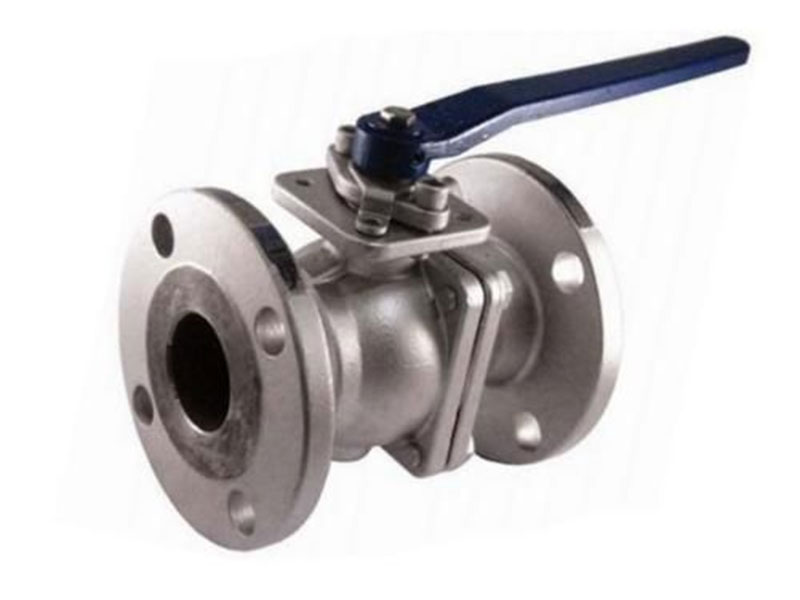Source: Pinterest
Valves are essential components of every industrial unit or process. Commercial valves are used to control the flow of media via pipelines, separate certain parts of the conduit, and monitor the system reliability of a unit, among other things. This is why industrial valves must be of the greatest quality, leak-proof, functional, and long-lasting.
In this article, we will define carbon steel and forged steel valves, how they are created, what distinguishes them, and which is best for which purpose. Continue reading to learn more.
What exactly are Forged Steel Valves?
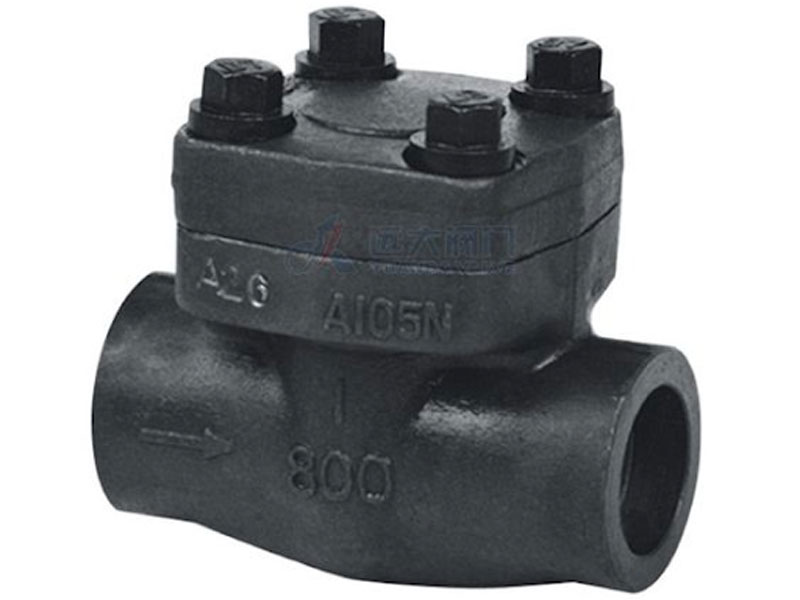
Source: Pinterest
Forged steel valves are created by a process known as “forging.” Forging is developed based on heat energy to hard materials of steel, followed by the use of mechanical pressure to further convert the steel into a completed product. This method is used to create exceptionally robust and durable valves. Mining and mine processing, agricultural and animal handling, aeronautics, automotive sector, brickworks, runoff plants, rendering factories, asphalt factories, water and power industry, healthcare, chemical production, cosmetic business, and other industries utilize Xhval Forged Steel Valves.
Forged steel faucets are ideal for high-temperature, high-pressure applications. However, only certain metals may be utilized in forging. This technique is used to create smaller, more specialized valves. Large forged steel faucets must be manufactured in parts. The parts are then welded together or flanged together to form the full valve.
Advantages of Forged Steel Valves
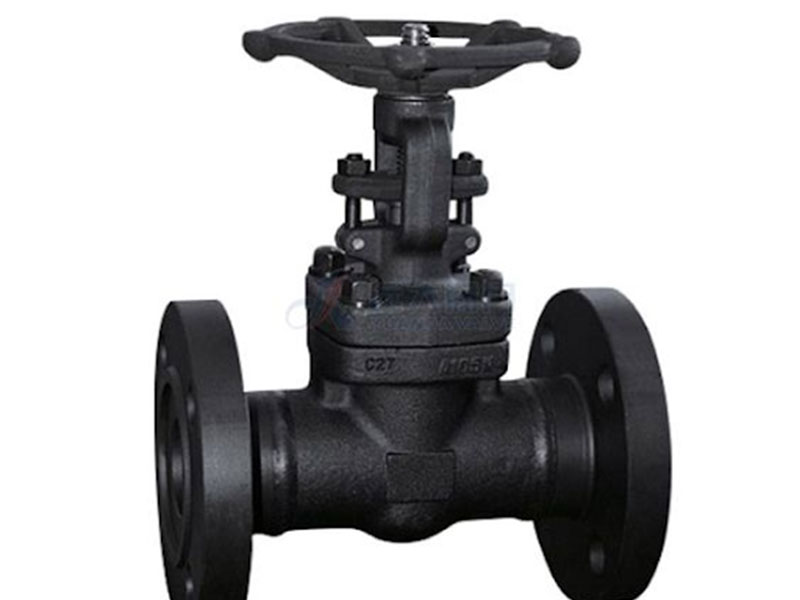
Source: Pinterest
Produces fewer waste residues: since forged steel valves can be made from solid metal sheets, there is less likelihood of waste being produced during the process of manufacturing. Because the iron is not reworked as extensively as it is in casting, waste is reduced.
Product is more robust and long-lasting: The enormous pressure used to the heated metal assures that the completed product has no internal holes or voids. Surface porosity is lowered as well. All of this results in a completed product with greater structural stability, ductility, and strength properties.
Reduced Thermal Exertion: Forging creates steel valves with thinner walls, resulting in a reduced temperature differential. Because the valve takes less time to attain equilibrium, it is less prone to high-temperature wear. Forged steel valves can truly be relied on in power stations that cycle between start-up and stage regularly.
Improved Mechanical Characteristics: Forging produces mechanically robust components without the use of costly alloys. The metal’s alloy grain structure is adjusted to keep the structure of the end product with an extremely homogeneous composition and mechanical recrystallization.
High-Resistance Nozzle: Forged steel valves can withstand high pressures and strains and have high durability. They can withstand higher impacts and withstand extreme temperature and high-pressure operations without adjustment.
Disadvantages of Forged Steel Valves

Source: Pinterest
Forging is an expensive and energy-intensive operation. The process of honing and polishing the finished product requires a significant amount of time and energy. Forged valves have a higher turnover time because of this.
Forged steel valves cannot be manufactured in a variety of forms and sizes. They are favored for producing smaller valves and valve components since bigger valves can only be produced in sections, which may be quite expensive.
Bigger valves are created in sections that are subsequently welded together or joined with flanged attachments. In either instance, there is an increased danger of leaks where the various sections are joined.
What exactly are Carbon Steel Valves?
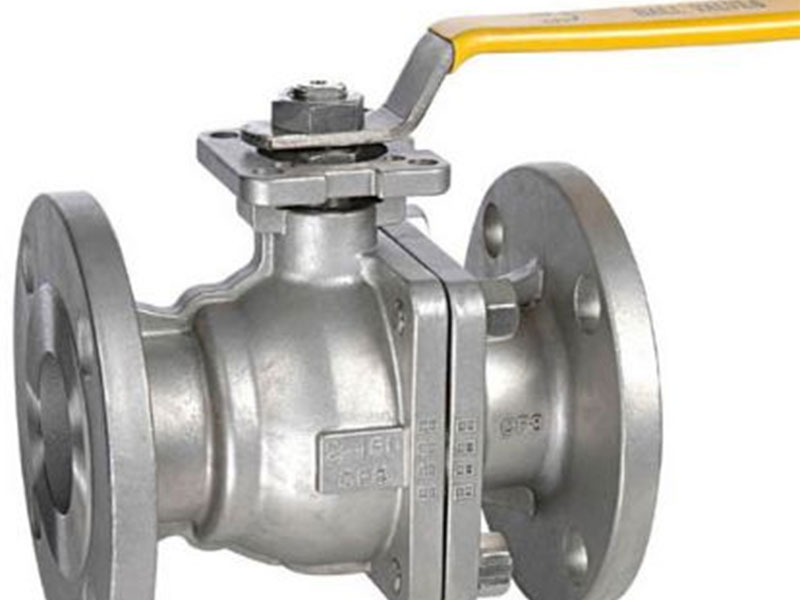
Source: Pinterest
Carbon steel is an iron amalgam in which carbon is the major alloying ingredient. usually, no extra alloying components are added to manage the material’s characteristics. Carbon steel is most commonly used for the sand casting technique to make the frame and rotor of a butterfly valve.
Carbon steels come in a multitude of grades. Cast categories LCC (Low Carbon Content) and ASTM A216 WCB (Weldable Cast B-grade) steels are the most commonly utilized for valve frames and discs. The WCB material is best suited for high heat resistance, whilst the LCC material may be utilized at low (sub-zero) degrees.
Cast carbon steel (ASTM A216, rating WCB) is commonly used for bigger valves ranging in size from 1-1/2 to 24 inches. This substance is made up of 30% carbon, 1% manganese, 0.05 phosphorus, 0.06 percent sulfur, and 0.06 percent silicon. It has the following material characteristics:
Tensile strength in psi……..70,000
36,000 psi yield strength
It is easily weldable and appropriate for use with steam, water, and gas.
Carbon steel has excellent mechanical qualities and is resistant to stress degradation and sulfides. Carbon steel offers different temperature resistance, as well as exceptional toughness and wears resistance. Used mostly in gate, globe, and check valves at temperatures up to 454oC.
The primary benefit of carbon steel is its low cost, and carbon steel valves provide such a cost-effective option in contexts where other features are seen as less essential than prices.
The primary drawback of carbon steel is:
The corrosion rate is poor. Surface coating, like paint, can be used to circumvent this if the mainline content does not erode the valve from within.
Forging Types
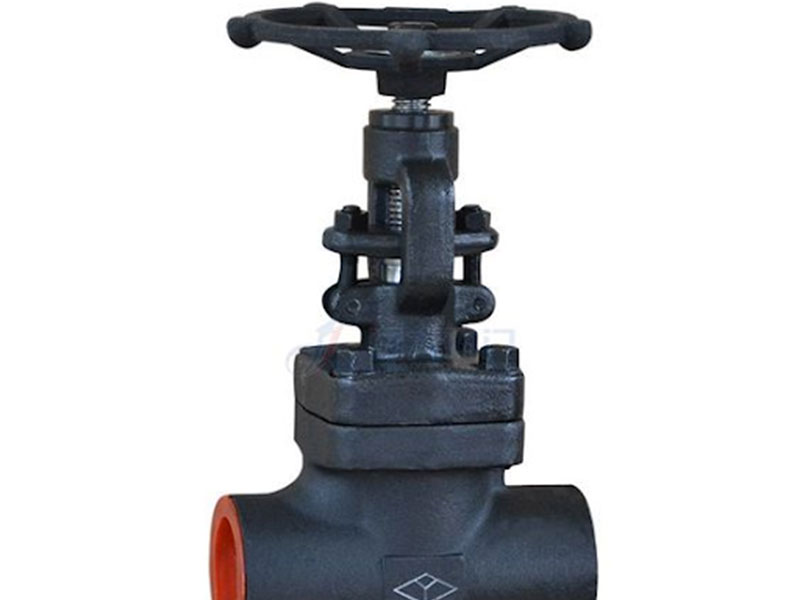
Source: Pinterest
The forging procedure is divided into several phases. First, the materials are chopped into smaller pieces whether it is in the shape of blocks, alloys, or billets. The parts are then annealed to the temperature necessary for the metal to be malleable and ductile. After the metal has been heated, hydraulic forces are used to shape it into the desired shape. Historically, the pressure was exerted physically by power pounding. Automatic devices, such as hydraulic presses, are now employed to complete the task.
Once the metal has been formed into the required shape, it is subjected to machining, refining, and thermal treatment to produce the completed product. Dependent on the temperature imparted to the raw metal, forging is classified as follows:
Cold Steel Forging
This form of forging is done at ambient temperature with no extra heat applied to the material. Because the metal is less malleable than in warm or hot forging, more mechanical power is necessary to form it.
Warm Steel Forging
The temperature is raised to temperatures reaching from 800 to 1000 degrees Celsius in this form of forging. At this point, the metal is malleable, although not as much as it does hot forging.
Hot Steel Forging
Hot steel forging occurs when the sample is heated to degrees more than 1000 degrees Fahrenheit (but less than 1300 degrees Fahrenheit). At this temperature, the material becomes so pliable that only a minimal amount of pressure applied is necessary to form it into the appropriate shape.
Conclusion
A variety of criteria must be considered while selecting the best valve for your project. While forged valves are excellent for high-pressure, high-temperature applications, they are costly and difficult to standardize. Carbon steel valves are inexpensive and may be mass-produced in large quantities. There is, nonetheless, always the possibility of a gap in the valve’s structure.
To determine which type of valve is ideal, consult with an expert valve maker who can guide you on the most suitable steel valve that fulfills specific plant requirements. Get in contact with us so that we can assist you. If you want to get the greatest industrial valve in China, look no further Xhval got you covered.

